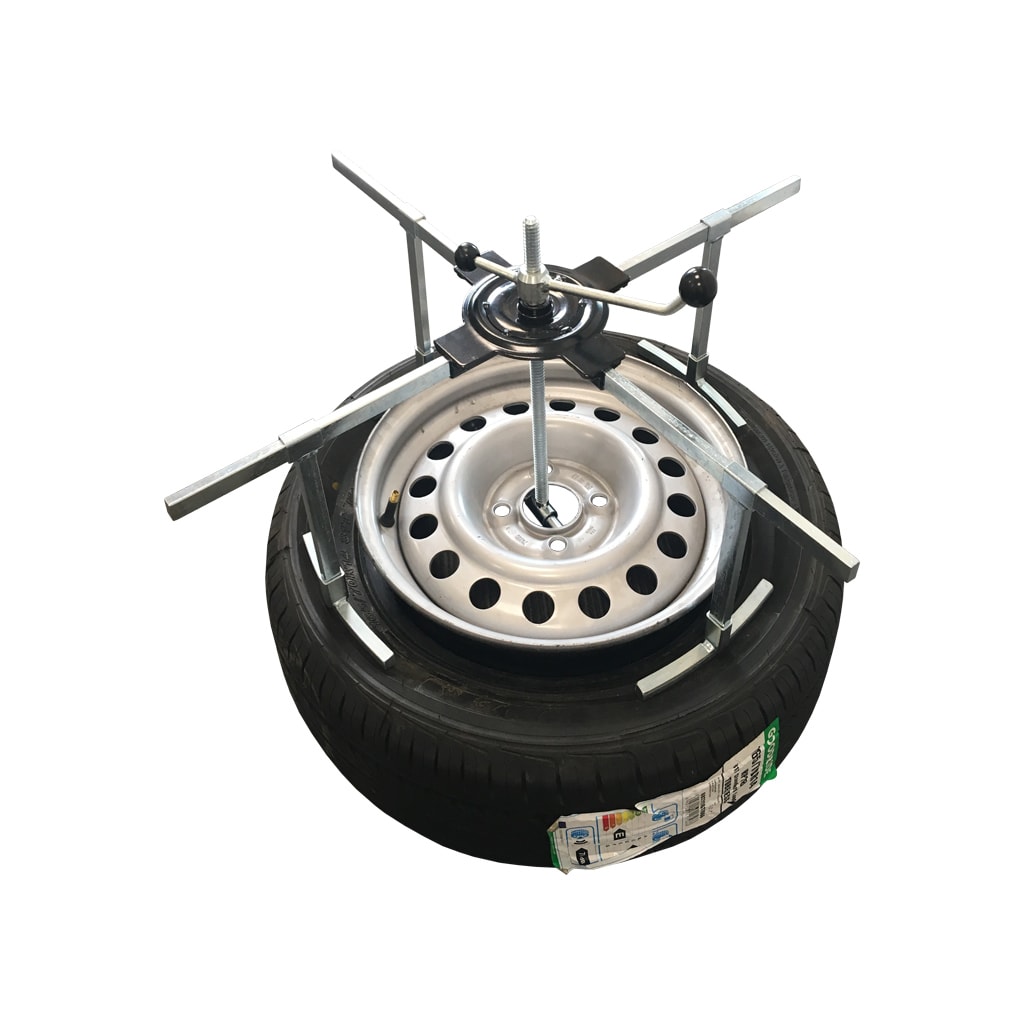I have Tyron bands fitted, simply because Coachman fitted them as standard in the factory. Also, they attract a nice discount from my caravan insurance company so, they must have some faith in their effectiveness. However, they are a real pain when tyre replacement is required because some tyre firms won't touch them or charge extra for the hassle. Despite having them fitted I immediately purchased a TyrePal TPMS which alerts one to any increase in tyre temperature and a decrease in tyre pressure. In my early life, I was involved in the tyre trade and was trained by Michelin. So, I'll quickly explain how a tyre blowout occurs. In the olden days when tyres had tubes fitted; if a tyre picked up a nail, the tube was punctured and the tyre deflated quickly due to the air being able to escape around the base of the valve where it goes through the wheel rim. With tubeless tyres however, a puncture can have different characteristics. If a tubeless tyre is punctured with a large object that doesn't remain in the tyre or the tyre is cut through somehow the tyre will deflate quickly and this will be felt in the vehicle. The tyre will then very quickly be destroyed by being crushed between the metal wheel rim and the road surface. This is why a deflated tyre that has been driven on, even for a short distance, must not be reinflated and forgotten about. It must be removed and examined for internal sidewall damage.
The bigger problem lies with driving with underinflated tyres or with slight leaks, caused by a leaking valve or a small nail. These things can lead to a blowout. A blowout can occur on any tyre regardless of age and, or condition. The process leading to a blowout is simple. You start your journey with an underinflated tyre or a correctly inflated tyre but, you fail to notice that the valve is leaking slightly after using an airline (I always wipe a little bit of spit on the tip of my finger across the top of the valve to make sure it is sealed and not bubbling). Alternatively, you set off with a correctly inflated tyre and pick up a small nail which actually punctures the tyre but only allows a small amount of air to escape. You are not aware of this because the leak is very small and you definitely wouldn't notice it in a caravan tyre. However, as you continue driving the tyre deflates slightly and allows the tyre to flex and bounce up and down more and more under the weight of the vehicle, This flexing and bouncing in turn generates friction. The friction causes the air inside the tyre to heat up and expand which maintains the tyre pressure for a while. As more air escapes the friction increases and the tyre gets hotter and hotter, maybe as hot as 200º C until it loses its structural integrity and bursts or 'blows out'.
Speed is also a crucial factor. If you are driving around slowly over short distances the tyre will simply go flat without blowing out. Higher sustained speeds provide the catalyst for a blowout.
If you've ever followed a vehicle on a motorway that suffers a blowout you will see the tyre smoking in the seconds before it blows out.
This is why properly inflated tyres are crucial and the significance of seriously raised temperatures displayed by a TPMS such as TyrePal should not be ignored.
Would I have Tyron Bands fitted if they weren't a standard fitment on my caravan, no. The insurance discount doesn't offset the cost of the bands significantly. I would not however, tow my caravan without a reliable TPMS fitted. A TPMS gives you adequate warnings before a major problem occurs. Tyron Bands are an attempt at mitigating a major problem after it has happened.



